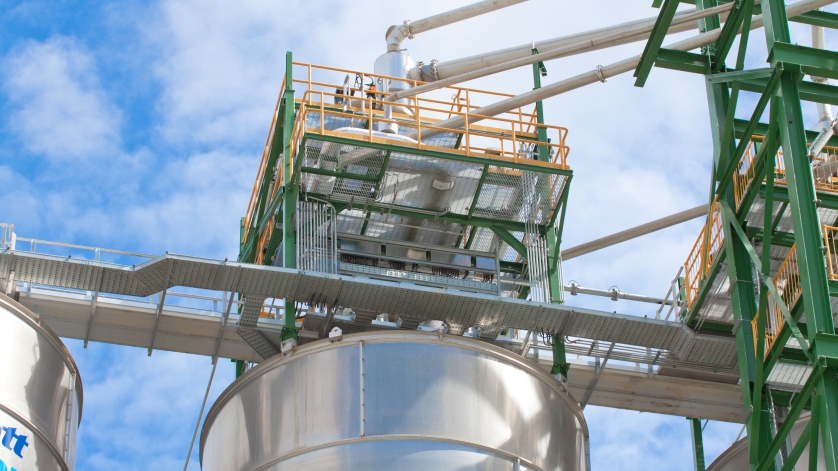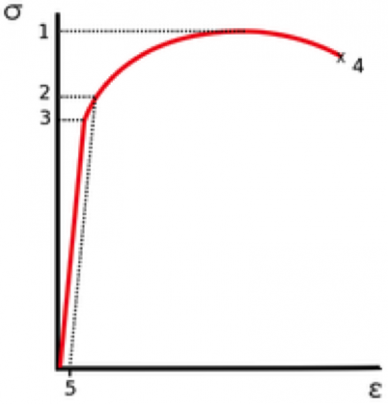
High-pressure processes, which often come with high temperatures and strong vibrations as well, place significant stress on measuring instrumentation. That’s why testing is such an important aspect of the manufacturing process.
WIKA designs and manufactures robust instruments that can withstand the high pressures, high temperatures, and strong vibrations found in low-density polyethylene (LDPE) processes, waterjet cutting, hydraulic test benches, and other high-pressure processes. But our best practices go several steps further. We also perform extensive rigorous testing, both non-destructive and destructive, to ensure that our instruments continue to operate reliably and accurately when continually subjected to these tough conditions.
Thermocouple Testing
When using a thermocouple to measure temperature in a high-pressure process, the interface between the MI cable and the fitting connection is one area that can lead to problems. To ensure joint integrity, WIKA uses vacuum brazen joints instead of seal welding or hand brazing. We submit each joint to two tests:
1. Vibration test
WIKA performs vibration testing for both conventional and lens-ring thermocouple configurations in all three axes – X, Y, and Z — according to IEC 60068-2-6 standard. Vibration frequencies go from 10 to 500 Hz with an acceleration of 2.5 g. Test results reveal that the interface between the MI cable and the thermocouple fitting is unaffected by vibration.

Example of a stress-strain curve for vacuum brazen test samples
2. Destructive tensile test
Vacuum brazen joints are subjected to destructive tensile tests, half at 1,112°F (600°C) and half at ambient temperature. The resulting curve confirms that the average tensile rupture force and calculated shear strength of WIKA’s vacuum brazen joints at both temperatures largely exceed normal operation values in high-pressure applications. Furthermore, based on working pressures of up to ~3,200 bar, the vacuum brazen joint continues to provide a reliable seal and continues to hold the MI cable in place.
Electronic Pressure Sensor Testing
For its metal thin-film pressure sensors, WIKA runs fatigue test using a 108load cycles. Our engineers conduct environmental testing to ensure that the sensor can withstand exposure to water ingress (tested to NEAM 4X and IP65 standards). We also subject each production unit to a pressure stability test to ensure the part holds high pressure for a satisfactory period of time.
WIKA’s Testing Capabilities
Each high-pressure application is different and may require running other tests on measuring instrumentation to ensure safe and reliable operations. WIKA’s extensive testing facilities in our Klingenberg, Germany, headquarters have dedicated materials and environmental laboratories that can perform:
- Corrosion assays
- Dye penetrant tests
- Global UV testing
- Failure analysis
- Material analysis
- Microscopy
- Accuracy verification
- Climate (water, dust, salt spray, extreme temperatures) tests
- Shock tests
- Pressure strength determination
- Burst pressure tests
- Leakage testing
- IP protection verification
- EMC tests
For more information about WIKA’s rigorous tests for high-pressure instrumentation, contact our specialist.
This is the final article in a three-part series on measuring instrumentation for high-pressure applications. Please also see Thermocouples: Highly Reliable Temperature Sensors in High-Pressure Applications (part 1) and Electronic Instrumentation for Safe and Reliable Pressure Measurements in High-Pressure Applications (part 2).

